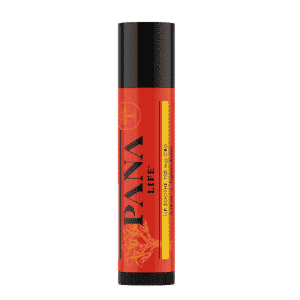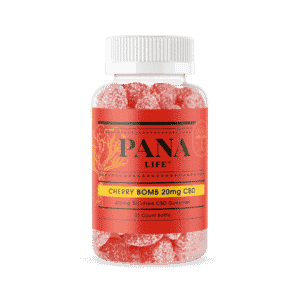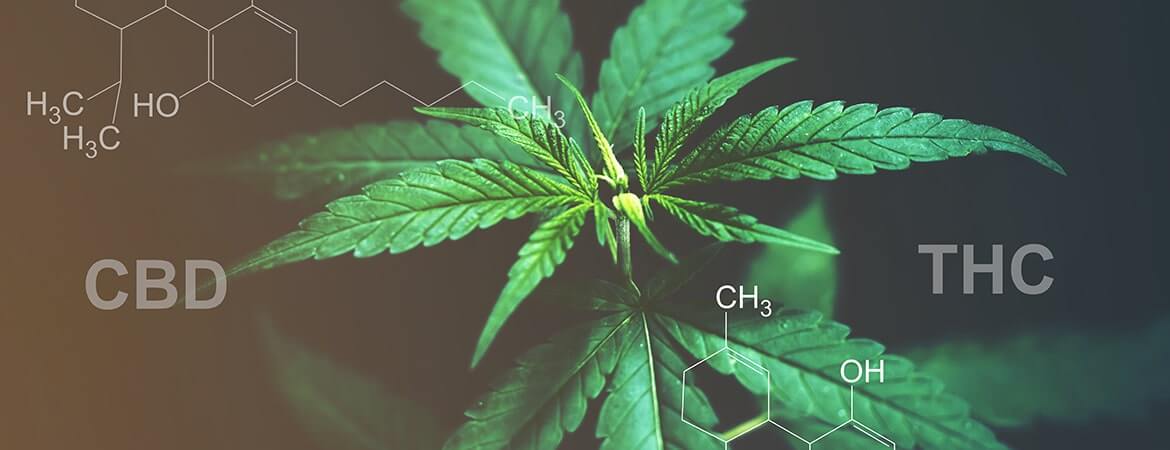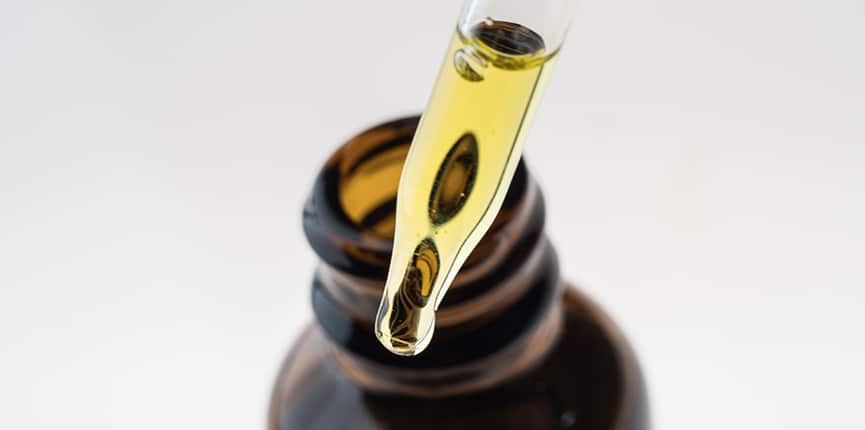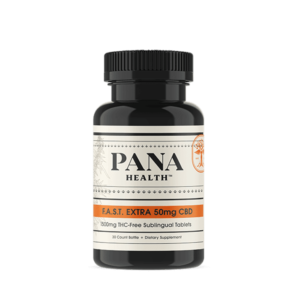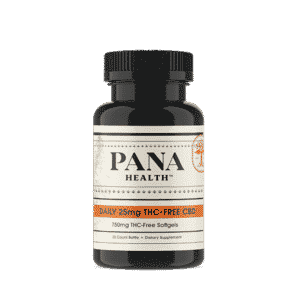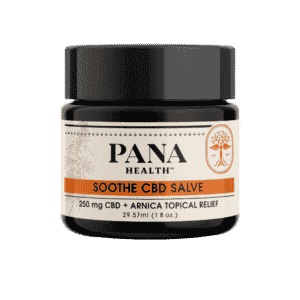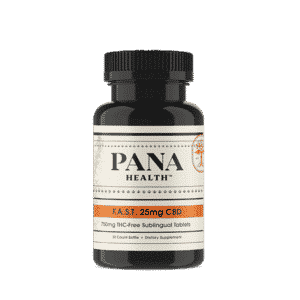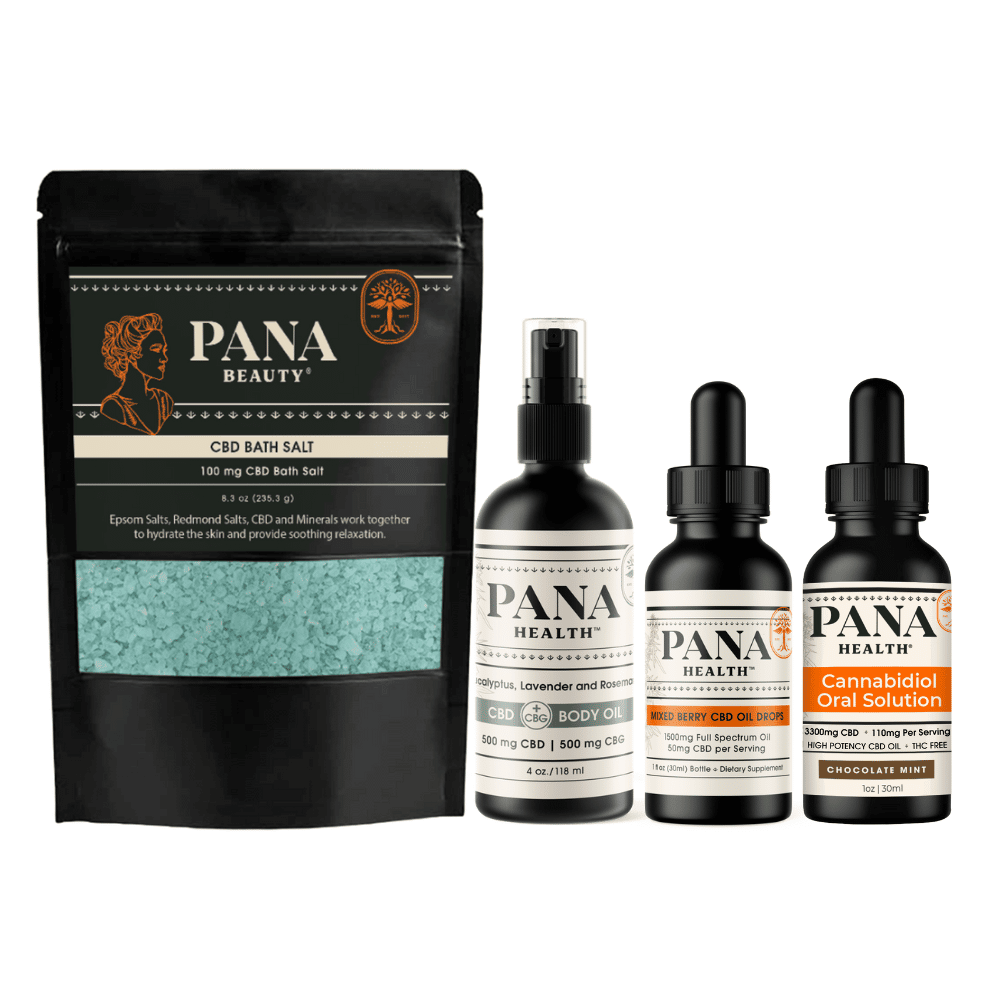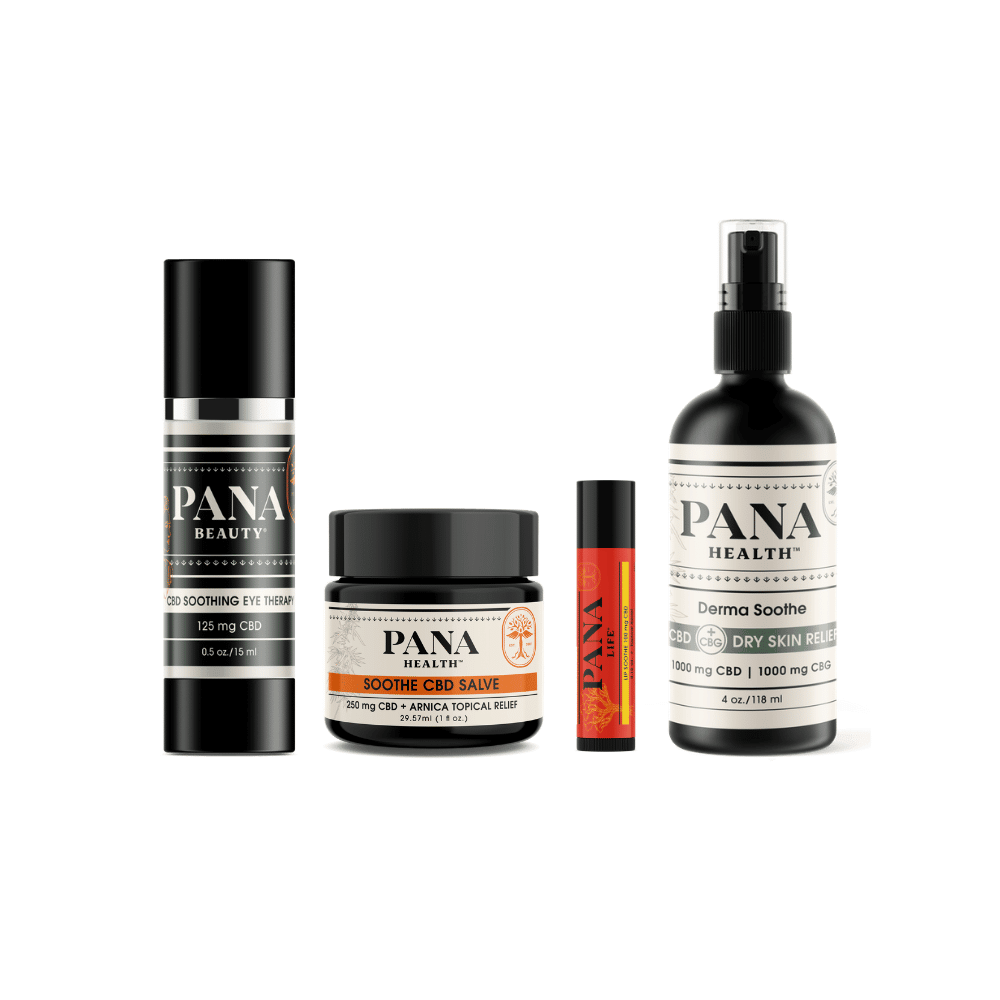Fibromyalgia is a fairly common condition. It can make things very difficult for those who have it. As of right now, there is no cure for it. This means that many of those who have it are always looking for ways to cope with the condition. Recent research has suggested that there may be help in an unexpected place: cannabidiol (CBD). CBD engages the Endocannabinoid System (ECS) to create homeostasis in the body. This can be a boon for those suffering from Fibromyalgia.
What is the Endocannabinoid System?
As we start talking about what effect CBD may have on fibromyalgia, we need to cover some of the basics. For example, we need to explain what exactly the Endocannabinoid System is and what it does.
The Endocannabinoid System is a series of receptors throughout the body. Researchers are still trying to understand how exactly it works. However, they do have a good idea of what exactly it does. The Endocannabinoid System effects and/or controls a number of different functions in the body. These include appetite, mood, inflammation, sleep and cognitive functions (like memory for example), among many other things.
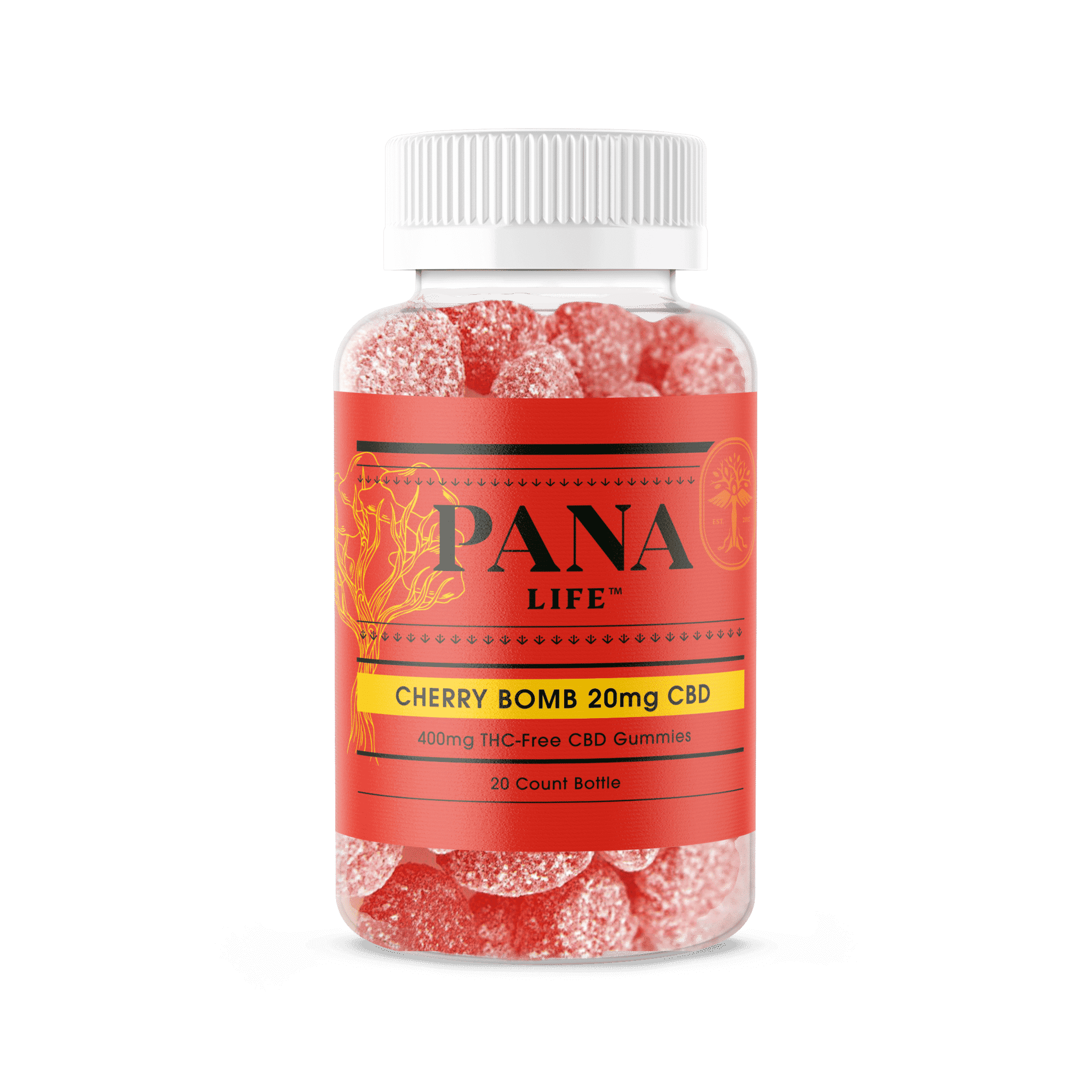
There are two main kinds of receptors that are within the Endocannabinoid System. One is CB1, which deals with the central nervous system. The other is called CB2, it controls things within the peripheral nervous system, including immune cells.
The whole point of the Endocannabinoid System is to help keep homeostasis, the state that your body prefers to be in. When something throws your body out of whack, that is when the Endocannabinoid System kicks it. It works its magic on the several different functions that it interacts with and helps get your body back on track.
As you can tell, there are many conditions that may be affected by the Endocannabinoid System. Fibromyalgia may be one of them.
What is fibromyalgia?
Fibromyalgia is a genetic condition that is often triggered by some sort of physical trauma or surgery. It may cause some musculoskeletal pain, headaches, irritable bowel syndrome and, even, anxiety. Clearly it has the potential of making life difficult for people who have it.
While we do know what may trigger the condition and may cause it to flare up, it is not clear what is the exact cause of fibromyalgia. It does appear that fibromyalgia is genetic, as those who are diagnosed with it often have a relative with the condition as well. Fibromyalgia tends to be more common in women than in men. Often people with chronic conditions like arthritis and lupus are more likely to be diagnosed with it as well.
As mentioned above there is currently no cure for this. However, there are some ways to help coping. Exercise is among these coping mechanisms. This is because regular exercise may be able to help with pain. However, it is best for those with fibromyalgia to not go crazy with the exercise. Too much may cause it to flare up. So, as with all things exercise is best in moderation.
Another way that people use to deal with fibromyalgia is by reducing stress. This is because stress may make it flare up as well. Some use meditation. Others use deep breathing. Of course, there is a compound out there that may have calming properties, among other uses.
Where does CBD fit in with all of this?
First, let’s start with explaining what CBD is. CBD is a chemical compound known as a cannabinoid. These are compounds found in Cannabis plants, like hemp and marijuana. These are the compounds that interact with the Endocannabinoid System. There are over 113 of these compounds found in the plants. This includes a cannabinoid that you probably have heard of, tetrahydrocannabinol (THC).
We should go through the difference between THC and CBD. The big thing to understand about these two is that THC is psychoactive. This means that it gives people the high that is so commonly associated with Cannabis. CBD, on the other hand, is not psychoactive. It does not make people high. It may, however, help people achieve a greater sense of calm.
The way that CBD interacts with the Endocannabinoid System is the reason why it has an effect of fibromyalgia. There are several studies that have looked at a number of different effects that CBD may have on different conditions. There have also been some that have looked specifically at fibromyalgia.
For example, this study wanted to look at the connection between fibromyalgia and the Endocannabinoid System. The researchers found that there does appear to be a real connection between the two. This means that cannabinoids (like CBD) could very well be a potential help for those with the condition.
When you look beyond the studies on fibromyalgia and look at what else CBD has to offer, it is easy to see that CBD may have the ability to help with many of the symptoms associated with the condition.
This study, for example, looked at CBD and irritable bowel syndrome (a potential side effect of fibromyalgia, if you recall). The study concluded that CBD was able to help reduce intestinal inflammation. This meant that it was able to help with the irritable bowel syndrome.
Many studies have looked at how CBD affects a person’s state of mind. Two potential side effects of fibromyalgia are depression and anxiety. This study looked at how CBD may be able to help users reach a greater state of calm and potentially boost their mood as well. The results of the study were very promising, finding that CBD was very useful in helping people with their moods and states of mind.
How to take CBD
When it comes to taking CBD, you have many options. CBD extract is versatile and is easily mixed in with any number of products. Anyone can find the right product for them. But before we get into those, let’s go over why it is important to know your CBD limit.
CBD does not appear to have any serious side effects. However, that does not mean that it does not have any. There are some minor side effects that are associated with it. They tend to include things like mild nausea and fatigue. They are not serious, but they still are not fun. These side effects also tend to be associated with taking too much CBD. So, it is best to approach CBD slowly. If you start the initial amount of CBD small and then build it up, you are more likely to avoid the negative side effects.
Now that we have covered that bit, let’s talk about your CBD options.
Most CBD products are oral products. There are several different kinds, but let’s start with the more “traditional” kind of CBD product: oils and tinctures. They are CBD extracts either mixed with a carrier oil (like palm oil) or a small amount of ethanol that is part of the original extracting process. There are a couple of different ways you can take an oil or a tincture. One way is by mixing them in with your food or drink. The other way is by putting a few drops either directly into your mouth or by placing those drops under your tongue. The under-the-tongue method is the faster way to take the CBD, as the skin under your tongue tends to be thin. This makes it easier for the CBD to absorb into your bloodstream.
Another kind of oral CBD product is tablets and capsules. These are pill-like products. There are soft gel capsules. They are like pills, but are more flexible and, therefore, easier to swallow. Soft gels tend to work much more quickly than regular pills. Tablets tend to be the dissolvable kind. You place them under your tongue and let them dissolve there.
The other kind of oral CBD product is edibles. These are exactly as they sound. They are CBD products that you either eat or drink. The most common kind are gummies. However, there are many other kinds out there. They vary from candies to pastas. There are also CBD drinks, like tea and soda. The appeal of these is that they taste good and are easy to include into your daily routine. The downside is that they do take a little while to start working. This means that it is easy to take too much. So, it is best to be careful with edibles.
Of course, there are also some non-oral CBD products. These are topicals. They are things like lotion and cremes. They are not as likely to give you an overall effect like the oral products might. Topicals are more likely to have a localized effect, meaning that the CBD may not move much beyond where the product is applied.
CBD products may be able to help provide relief for those who are struggling with fibromyalgia. As more research is done on this, the more we will understand the benefit that it may be able to provide. It is exciting to think about what we will learn.
Do you have any comments, questions or concerns? You can contact a member of the Panacea Life Sciences team here on our site. Or you can email us directly at [email protected]. On our site, you can also find all kinds of high-quality CBD products for you, your pet and, even, your horse. You can also find articles answering many of the questions you may have about CBD.
Sources:
https://www.healthline.com/health/endocannabinoid-system#deficiency
https://www.mayoclinic.org/diseases-conditions/fibromyalgia/symptoms-causes/syc-20354780



